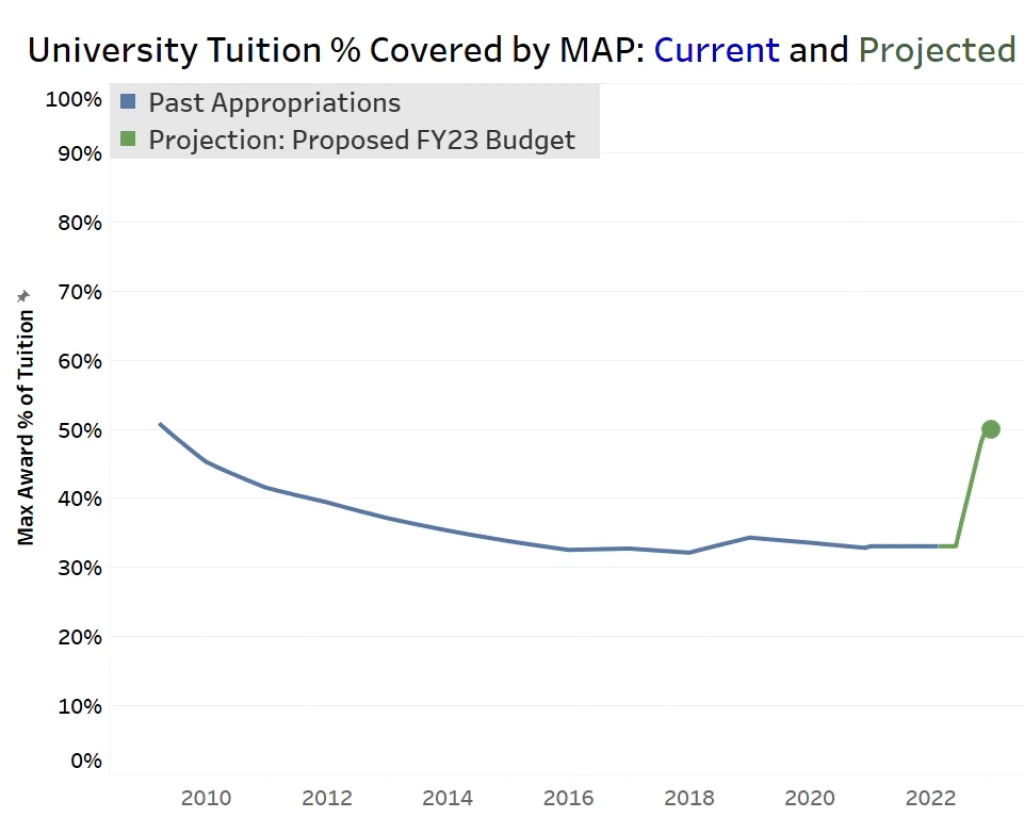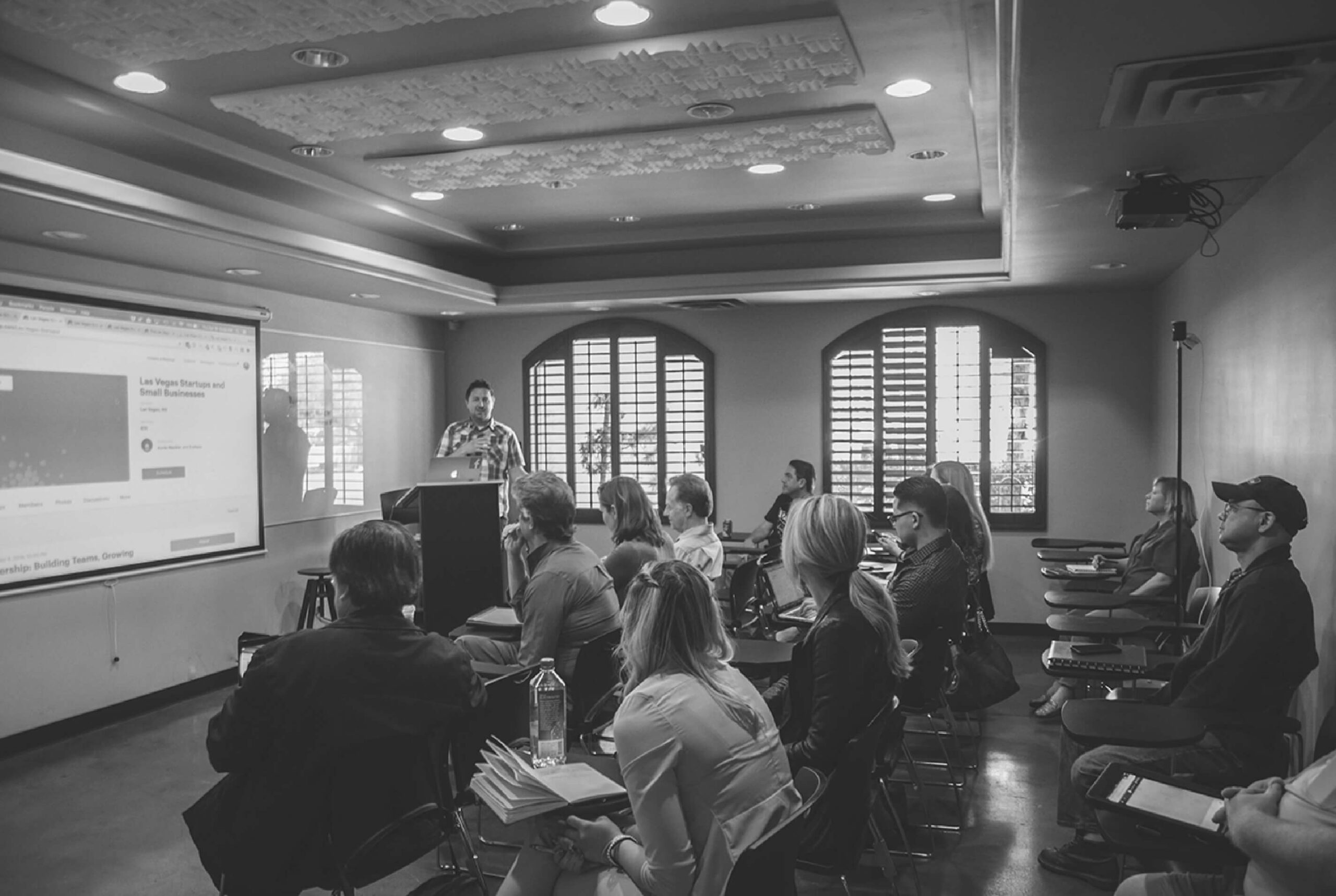On the last day of a shortened session, the Illinois General Assembly passed a budget that included a historic $122M increase in the Monetary Award Program (MAP), which will allow an estimated additional 24,000 students to access the state’s primary need-based aid program. Other higher education highlights include a 5% increase in college and university funding and investments in financial aid programs that will help make college more affordable for students seeking careers with high market demand. The FY23 budget, for example, doubles funding to the Minority Teachers of Illinois scholarship, which aims to increase the representation of teachers of color in Illinois.
This budget symbolizes a renewed commitment by the state to make college more affordable and accessible, particularly for students who have been historically left out of higher education. The Partnership applauds Governor Pritzker and the General Assembly for advancing a budget that will help put Illinois on track to a more equitable and prosperous future.
Right now, this investment is particularly important with colleges in Illinois and across the country experiencing significant enrollment declines, particularly among Black students and other marginalized populations. While there are many reasons why college enrollment is down across the country– mental health, increased family responsibilities, and the perceived value of a degree– college affordability is perhaps the number one reason why Illinois students and families are not seeking a postsecondary education in the state.
Getting Illinois on track to a truly affordable higher education system requires a reinvestment that is both substantial and targeted. This is because the state disinvested in colleges and universities between 2002 and 2018, pushing institutions to raise their prices to cover the cost of delivering high-quality education. This priced out students from low-income households and students of color, especially from Illinois’ public universities.
Today, the maximum MAP award covers just 32% and 36% of tuition and fees at public universities and colleges, respectively, and thousands of eligible students are denied awards every year when funding runs out. Reversing this trend will require stable and significant investments in both students and the institutions that serve them and the budget passed by the General Assembly last weekend is a significant down payment toward this goal.

With both the increase in MAP funding and expanded eligibility to students seeking certificates or credentials, roughly 24,000 more students could receive a MAP award. The investment will not only increase the number of students served but also opens the door for the Illinois Student Assistance Commission to increase the purchasing power of MAP to better meet student need. In the future, the maximum award could cover up to 50% of tuition and fees at public universities, compared to 38% previously allowed.
State investments are a reflection of state priorities, and at a time when the perceived value of higher education is particularly low and enrollment is down precipitously across the nation, this investment could give a needed boost to public support for higher education. Illinois must help tilt the cost-benefit analysis for all students—particularly for students who have been historically excluded from the social and economic benefits of higher education.
This budget is a strong step in the right direction.
Learn more about how PCC is advocating for bold policies that improve college success and eliminate racial and socioeconomic disparities in college access, persistence, and completion.

